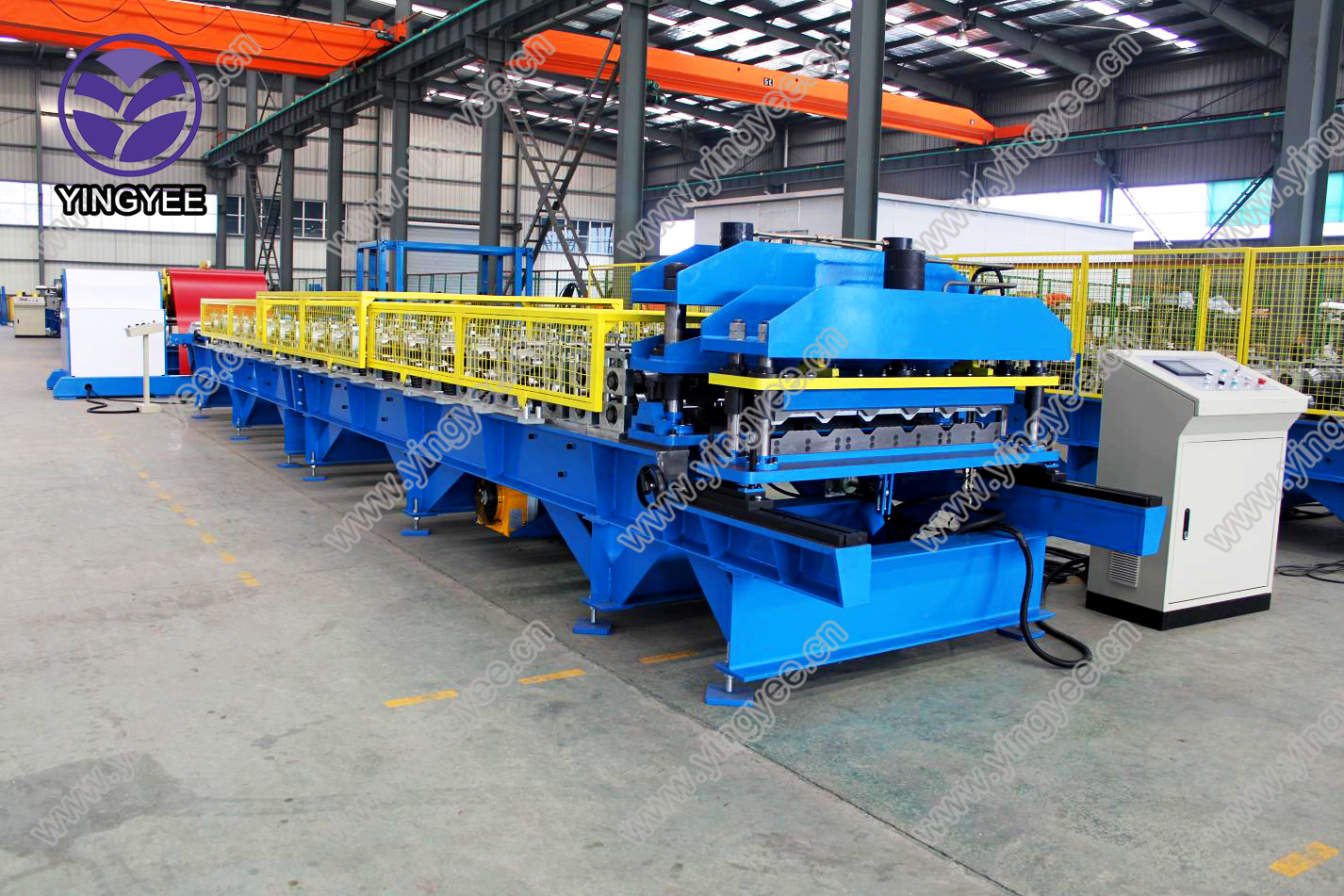
The Future of Solar Panel Manufacturing Innovations in Machinery
As the world shifts towards renewable energy sources, solar energy has emerged as one of the most promising alternatives to fossil fuels. Solar panels, which convert sunlight into electricity, are at the heart of this transformation. However, the production of these panels requires sophisticated machinery and advanced manufacturing processes. In this article, we explore the machinery involved in making solar panels and the innovations that are shaping this industry for a sustainable future.
Understanding Solar Panel Manufacturing
Solar panels are primarily made from silicon, which is derived from silica sand. The manufacturing process begins by purifying the silicon to create a usable form, often referred to as polysilicon. This material is then melted and formed into ingots, which are sliced into thin wafers. Each wafer is then treated and layered with various materials to enhance its efficiency—an operation that requires specific machinery at every stage.
The key steps in solar panel manufacturing include
1. Silicon Production The first step involves converting silica sand into polysilicon through a chemical process, which requires high-temperature furnaces. 2. Wafer Cutting Once the polysilicon has been purified and formed into ingots, it must be sliced into thin wafers. This is done using wire saws equipped with diamond-coated wires for precision cutting. 3. Doping The wafers are then doped with materials like phosphorus or boron to create a positive-negative junction, crucial for electricity generation.
5. Panel Assembly Finally, the solar cells are assembled into panels, where they are laminated for protection and paired with glass and back sheets to ensure durability.
Innovations in Machinery
Recent technological advancements have significantly improved the efficiency and cost-effectiveness of solar panel manufacturing. Here are some innovations in machinery that are making a considerable impact

- Automation and Robotics The introduction of automation in manufacturing ensures consistency and precision. Robots now handle tasks such as wafer cutting, cell assembly, and quality checks. This not only speeds up the production process but also minimizes human error.
- Advanced Cutting Techniques Innovations in cutting technologies, such as laser cutting, have improved the quality of the wafer slices. Laser cutting reduces material waste and increases the yield of usable wafers from each ingot.
- Printing Technologies Screen printing and inkjet printing have become essential in applying conductive materials to solar cells. These technologies allow for finer resolutions and can reduce the amount of silver paste used, which lowers production costs without compromising efficiency.
- Flexible Manufacturing Systems (FMS) FMS allows manufacturers to quickly adapt to changes in solar panel designs and specifications without significant downtime. This flexibility is crucial as market demands evolve.
- Recycling Technologies As sustainability becomes paramount, the machinery for recycling solar panels and extracting valuable materials like silicon, silver, and other metals has gained importance. Innovative recycling processes not only minimize waste but also reduce the environmental impact of solar panel manufacturing.
The Environmental Impact
While the machinery used in solar panel production focuses on efficiency and cost, it’s also vital to consider the environmental implications. Manufacturers are increasingly adopting eco-friendly practices, such as reducing energy consumption during production and minimizing hazardous waste. By investing in machinery that utilizes renewable energy for its operations, companies can significantly lower their carbon footprint.
Conclusion
The field of solar panel manufacturing is undergoing rapid transformations driven by innovation in machinery and technology. As advancements continue to emerge, the process becomes more efficient, sustainable, and economically viable. The manufacturing of solar panels is not just about creating a product; it’s about fostering a cleaner, greener future. With the right machinery and processes in place, the solar industry can contribute significantly to reducing our dependence on fossil fuels while meeting the growing demand for renewable energy worldwide. As technologies advance, we can expect even more breakthroughs that will make solar power an integral part of a sustainable energy landscape.